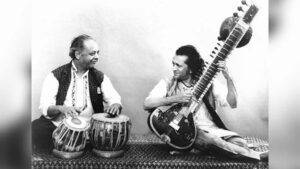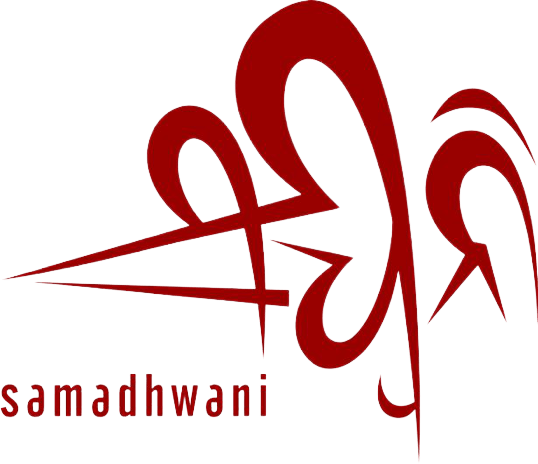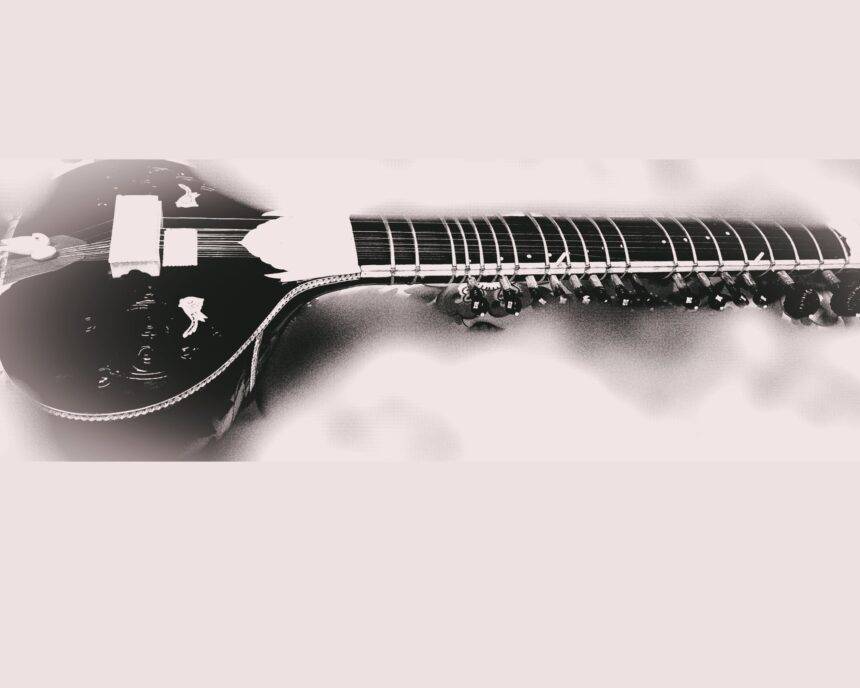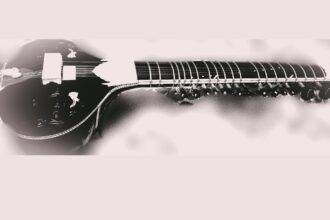Accompanying instruments, along with the main instrument, work together to create a rich and immersive musical experience in Indian Classical Music, whether it’s the intricate rhythms of the Tabla, the resonating drones of the tanpura, or the emotive melodies of instruments like the sarangi and violin. The interplay between the main melody and its accompanying elements is a fundamental aspect of the genre.
It involves the use of various instruments and rhythmic patterns to provide a rich and layered musical experience. Be it the melodic or rhythmic accompaniment, these instruments play a crucial role in enhancing and supporting the main melody or vocals. The rhythmic accompaniment of Tabla in sitar music creates intricate and dynamic rhythm patterns that interact with the sitar’s melody. Tabla’s rhythmic patterns add depth and energy to the performance, creating a rhythmic foundation for the sitarist to improvise and explore different rhythmic nuances.
Tala and raga are the foundational elements of Indian classical music, and their interaction forms the heart and soul of this intricate and profound musical tradition. Just as a coin has two distinct sides, tala, and raga are two interconnected facets that, when combined, give rise to a captivating and transcendent musical experience. The raga provides the melodic canvas, while the tala provides the rhythmic heartbeat. Musicians weave intricate melodic patterns within the rhythmic framework of the tala. This interaction allows for a dynamic exploration of both time and pitch, resulting in a holistic musical experience. The combination of raga and tala has offered a vast landscape for artistic expression. The manipulation of the tala’s structure to create rhythmic variations, syncopations, and cross-rhythms has created many stories of the great tradition. The rhythmic elements of tala enhance the emotional impact of a raga, intensifying its mood or adding a playful element. Conversely, the melodic phrases of a raga influence the rhythmic choices made within the tala, leading to intricate and captivating improvisations. The interplay between raga and tala in Indian classical music is a harmonious dance of melody and rhythm, structure and expression. This interaction creates a world of its own, where time, emotion, and sound intertwine, taking both performers and listeners on a transformative journey of musical exploration and spiritual connection.
The interaction between the main artist (usually the sitarist) and the accompanist(s) in a sitar concert within the context of Indian Classical Music is a dynamic and intricate process that greatly influences the overall musical experience. This interaction is characterized by collaboration, communication, improvisation, and a shared understanding of the music being performed. As the sitarist delves into melodic improvisation, the accompanist provides supportive harmonious rhythmic patterns. This enhances the sitarist’s exploration of the raga (melodic framework) and allows for creative expression within the established musical structure. Communication between the main artist and accompanist often involves subtle nonverbal cues. Hand gestures, eye contact, and body language are used to signal changes in tempo, transitions between sections, and shifts in improvisational directions. It strikes a balance between providing space for the sitarist’s solo expressions and actively filling the musical landscape. This involves knowing when to step forward and when to recede into the background, allowing the sitarist’s performance to shine.

After discussing the significance of accompaniment in Indian Classical music, there remain certain unspoken facets within this realm that are integral to the classical music world and are intertwined with the concept of accompaniment. The sociology of accompanists in Indian music performances provides a fascinating lens through which we can explore the intricate social, cultural, and hierarchical dynamics that shape the world of Indian Classical Music. Accompanists play a crucial role in supporting and enhancing the main performer’s artistry, yet their position within the musical ecosystem is often complex and multifaceted. Within the hierarchical structure, accompanists are typically considered subordinate to the main performer (soloist) or vocalist. This hierarchical arrangement can influence the recognition, remuneration, and visibility that accompanists receive.
Accompanists sometimes struggle for recognition and individual identity due to their supportive role. They may be known primarily in association with the main performer rather than as independent artists. Despite their significant contributions, their names might not always be prominently highlighted. This can lead to questions of acknowledgment and the negotiation of individual artistic identity. Accompanists’ relationships with main performers can vary widely. While some collaborations are characterized by mutual respect and creative freedom, others might involve a more hierarchical and directive approach from the main performer. The interplay between accompanists and soloists influences the overall musical experience and can lead to unique artistic outcomes. However, the sociology of accompanists in Indian music performances reflects a complex interplay of tradition, hierarchy, recognition, and evolving dynamics. While they may occupy a supportive role, their contributions are essential to the richness and depth of Indian Classical Music. As the music landscape continues to evolve, the roles, identities, and challenges faced by accompanists also undergo a transformation, reflecting the broader changes in society and culture.
In conclusion, accompaniment, often operating in the background, emerges as a crucial pillar that elevates the main performance. The accompanist’s role extends beyond mere support; it involves a symbiotic relationship that enhances melodies, enriches rhythms and establishes a connection between the performers and the audience. The accompanist’s artistry is a delicate balance of responsiveness and creativity, creating a harmonious synergy that transforms a performance into a mesmerizing journey. The unspoken aspects inherent in this world of classical music reveal layers of complexity and nuance that contribute to its enduring allure. As Indian Classical Music continues to evolve, its ability to evoke emotions, ignite imaginations, and forge connections across time and cultures remains steadfast. Thus, the intricate interplay of these elements within the world of Indian Classical Music serves as a testament to the power of human creativity and the boundless potential of music to touch the soul and inspire the spirit.






